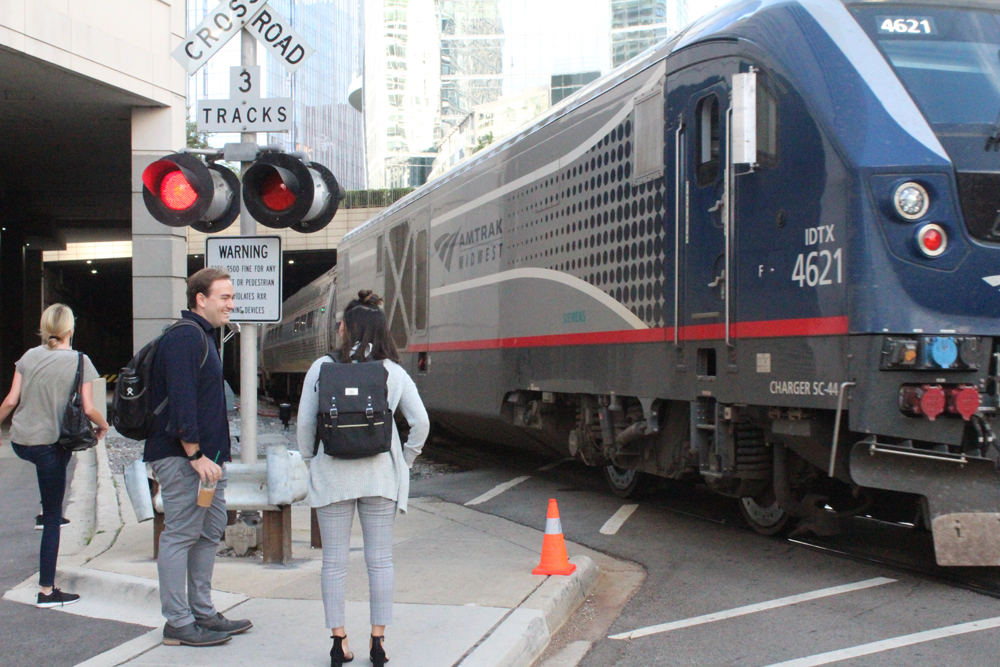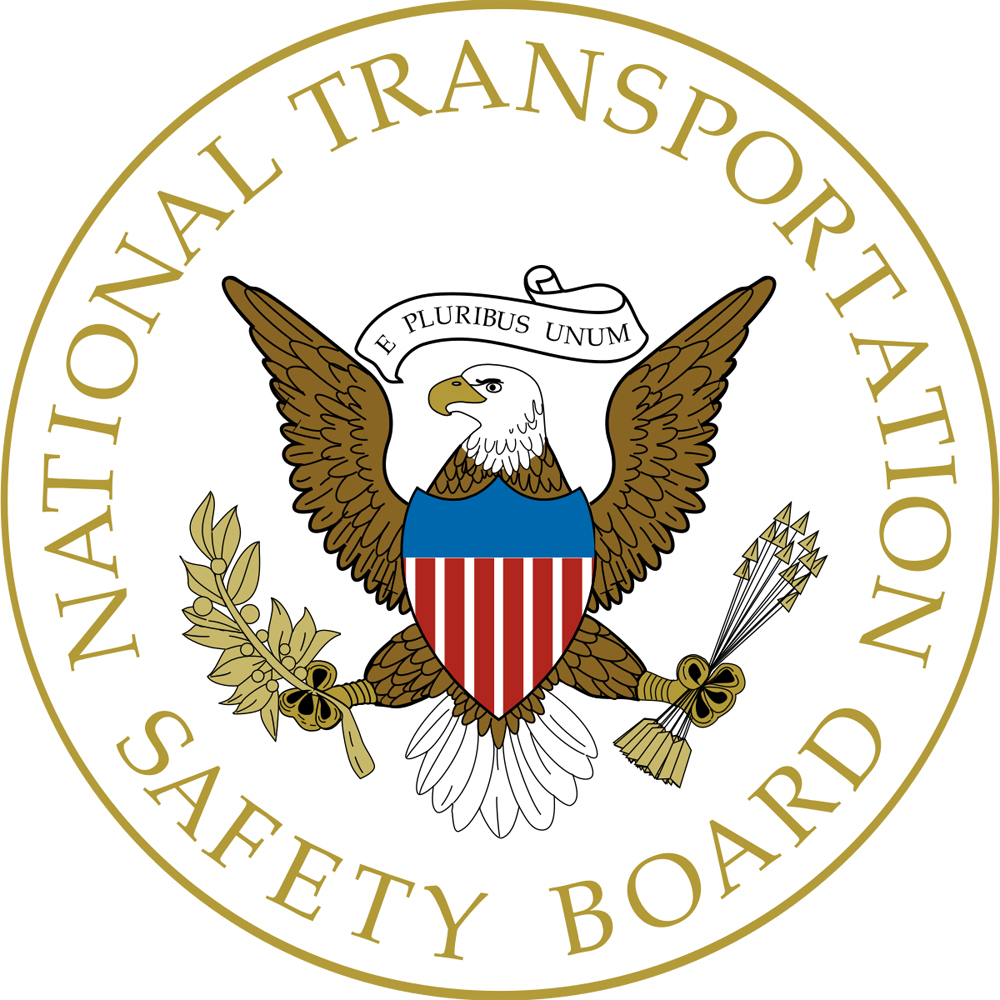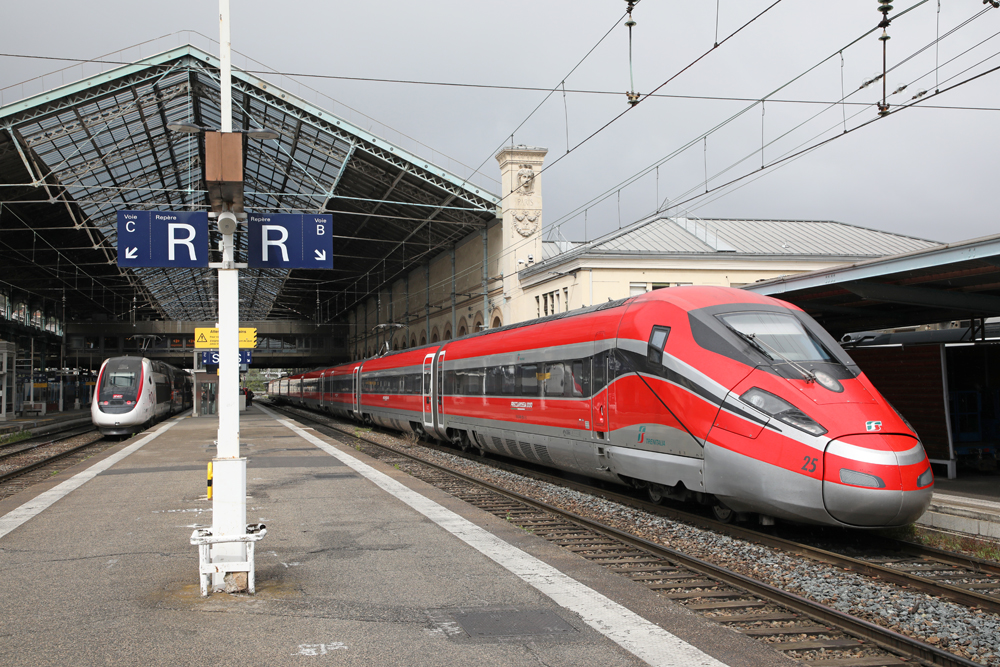“We’ve had some discussions with CSX operationally as well as commercially,” CP CEO Keith Creel told an investor conference on Wednesday. The talks are in early stages, he emphasized.
CSX is CP’s largest interchange partner in Chicago. The two railroads exchange about 400 cars there per day, Creel says. Of those, 100 cars could be sent deep into CSX territory as a run-through train and avoid handling by the Belt Railway of Chicago. Likewise, CSX could build a train destined for points on the CP network.
Such an arrangement would cut transit time and improve reliability for the railroads’ joint customers, Creel says.
“I think that’s a pretty compelling opportunity,” he told the Wolfe Research transportation conference.
Creel has a close relationship with CSX CEO E. Hunter Harrison, who left CP in January and became CSX’s chief executive in March.
Meanwhile, CP and Norfolk Southern are locked in a trackage rights dispute that centers on a short stretch of the Indiana Harbor Belt.
Improving operations in Chicago was a key element of CP’s ill-fated plan to acquire NS in 2015-16. CP said the CP-NS merger would allow it to divert interchange traffic to alternative gateways as well as create run-through trains.
CP exchanges nearly half of all of its interchange traffic in Chicago, which has long been a weakness of the CP system.
Unlike rival Canadian National, CP has lacked its own route from Ontario to the Windy City. Instead, CP runs up to 10 trains per day between Detroit and Chicago over trackage rights on NS and must contend with clearance issues in the Windsor Tunnel, which can’t accommodate full domestic double-stacks. CP also lacks an efficient way through Chicago – something CN gained with its 2009 purchase of the Elgin, Joliet & Eastern.
CORRECTION: An earlier version of this report incorrectly identified the Belt Railway of Chicago. It is the railroad that CSX and CP use to exchange as many as 400 freight cars per day. May 26, 2017, 11:51 a.m. Central time.















No CP main across N. Ontario? What’s that stretch of rail (opened in 1885) running Sudbury, Thunder Bay to Winnipeg?
Seems more CREATE type projects to allow ALL Class 1s to easily interchange or run through Chicago would be a long range (decade?) plan to consider. This GLBRR bypass idea just does not cut it. A few miles of new track around Cicero, Pulaski & 49th along with a new tollway completing I-90 from the Skyway to Strangler would solve a lot of transport problems.
David Benton: No.
JF TURCOTTE
By routing Canada <-> Northeast US traffic through CP’s Northern Ontario mainline…”
CP does not have a Northern Ontario mainline.
Wouldn’t spending billions on a merger to achieve the same thing be a far better idea?.
It all comes down to how many blocks each road each will build for the other. Each interchange block takes away one “internal” block (roughly). It’s hard to model combind networks. Traffic flows are usually too hard to figure whether you have a net “win” without modelling.
By routing Canada <-> Northeast US traffic through CP’s Northern Ontario mainline (which sees very few trains these days), CP could avoid Chicago altogether and quickly deliver the train to CSX at Fort Erie. But would CSX accept to short-haul itself to make the network more fluid? Possible, but if not likely. And having closed every hump yards on the eastern edge of the system, including Selkirk, CSX would likely expect CP to pre-block the train for multiple Northeast US destinations at Winnipeg or Shoreham. Not having any operating hump yards itself, this might prove a challenge for CP.
Would a Twin Cities <-> Willard through train make more sense? It would still have to go through Chicago though.
Btw, Herbert Theodore, do you know more about this “new” Oak yard traffic in Detroit? CP used to run a solid intermodal train from the port of Montreal to Oak yard a few years ago (158-159, earlier known as 508-509), but it got “Hunterized” and as far as I know this traffic was lost to CN, which happily added it to trains 148-149.
The idea of CP on CN across Michigan was done years ago when the CSX line across Michigan could not handle the excess traffic. They beat up the CP trains the run times where terrible. They could come back to the CSX and use Grand Rapids as a block swap yard to avoid Chicago and keep traffic out of the yards of IHB Blue island, BRC Clearing and CP Bensenville. CSX also did a hurry up tie replacement work on the Oak yard in Detroit that CP leases part of for some unknown “new” traffic.
CP has a hump at St Paul Yard (formerly MILW, once known as Pig’s Eye). Their through freight trains between there and Glenwood haven’t worked Shoreham when I’ve observed them getting on and off BNSF at University Avenue.
You might want to check your sources on the trackage rights dispute between NS and CP. I recently talked to someone who had to provide a deposition on the dispute and he thought it had now been resolved.
The dispute, at least the one I’m thinking of, is not on the actual IHB. It’s on the portion of NS owned track between CP-502 on the NS Chicago Line and Gibson which is why NS is involved. This track since 1907 has been maintained and operated by the IHB, but is not leased nor owned by the IHB. The line from Indiana Harbor south was originally the Indiana Harbor Railroad of Indiana (owned by the Michigan Central and Lake Shore & Michigan Southern) (nothing corporately to do with the IHB) started in 1903 or so and initially built as far as the EJ&E at Hartsdale. Then extended to Danville, Illinois in 1905 via the Indiana Harbor Railroad and the Danville & Indiana Harbor for the section constructed in Illinois. The D&IH, probably just a construction company, was absorbed into the Indiana Harbor of Indiana after the line was completed to Danville at the end of 1905. Then on April 9, 1906, the IH of Indiana was merged with the Kankakee Belt line to form the Chicago Indiana & Southern – totally owned by the MC and the LS&MS). In 1907, the East Chicago Belt (also jointly owned by the LS&MS and MC) had its name changed to the Indiana Harbor Belt and was merged with the Indiana Harbor of Illinois (another line owned by the LS&MS and MC formerly called The Terminal Railroad – this was Argo over to the Stockyards). The LS&MS and MC had also purchased the former Chicago Hammond & Western/ nee Hammond & Blue Island from the Chicago Junction and merged them all into the IHB. Around October, 1907, after this had all been put together, the CI&S (still a separate company that wasn’t merged into the NYC along with the LS&MS until 1914) made an agreement with the IHB for the IHB to have trackage rights over all their lines (the former Indiana Harbor) from just south of Osborn to Lake Michigan. Also in the agreement, the IHB would maintain and operate the railroad, but not lease it. For some odd reason, this agreement was backdated from October 1907 to the day of the merger creating the CI&S on April 9, 1906. Although shown in many maps as the IHB, it has actually been CI&S, NYC, PC, Conrail and now NS owned since 1906. IHB does not have the authority to grant a third party trackage rights over the line. They are not a lessee – just the operator. In the Conrail merger, NS got the ownership of this line. CSX was given the ownership of the former Michigan Central from Ivanhoe to Calumet Park. Conrail owns what’s left of the former Dune Park Branch and Gary & Western, the former MC line from Calumet Park to Kensington (not including the former Kensington Yard), Gibson Yard including the IHB’s general office building in Hammond, and everything outside of a 100 foot wide +/- right of way for the NS owned main track from Indiana Harbor south and the CSX main track from Ivanhoe to Calumet Park.
Sounds to me that CP should consider negotiating with CN and use them for Ontario-Chicago trains, just like they used to. The tunnel at Port Huron can handle anything CP can throw at it, and once on CN rails, CP trains would have a possible run thru Chicago route that it lacks with NS. CN’s east west line across Michigan is busy, but could still handle what CP needs.
Steve Berger: other than trackage rights fees, why should CN aid its competitor? I don’t see what incentives there are for CN in what you suggest. I understand that CP runs a demension train via Buffalo and CSX. I noticed a CP double stack train in the Seneca Yard area just west of Buffalo on a recent trip on Amtrak #48 as it slowed for Buffalo.
When any western line tries to unite with any eastern line, they throw up or destroy their connections to the other eastern carriers. CP will lose more traffic by this move as they disfavor any NS, EJ&E and CN routed traffic. They will lose more then CSX can feed them. In order to cover up the furture crash of CSX value, EHH will try to hide his problem with an attempted merge. The shipper (and general public) will pay higher costs as these railroad will juggle the freight rates to encourage traffic via these new favored connections. Because of the lack of competition for each other interchange, rates can and will rise by the other guy as now there is no competition at the Chicago interchange between any of the CSX and CP on line traffic. The STB should require an investigation to review this the same as if they attempted to merge both lines. Shippers lose choice and freedom to route traffic to their best benefit.
What is the nature of the trackage rights dispute between CP and NS?
Now we’re talking about this?